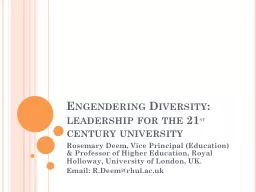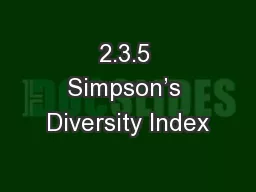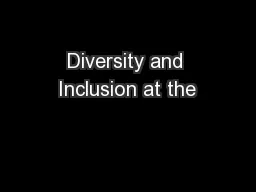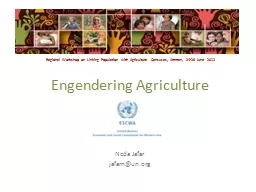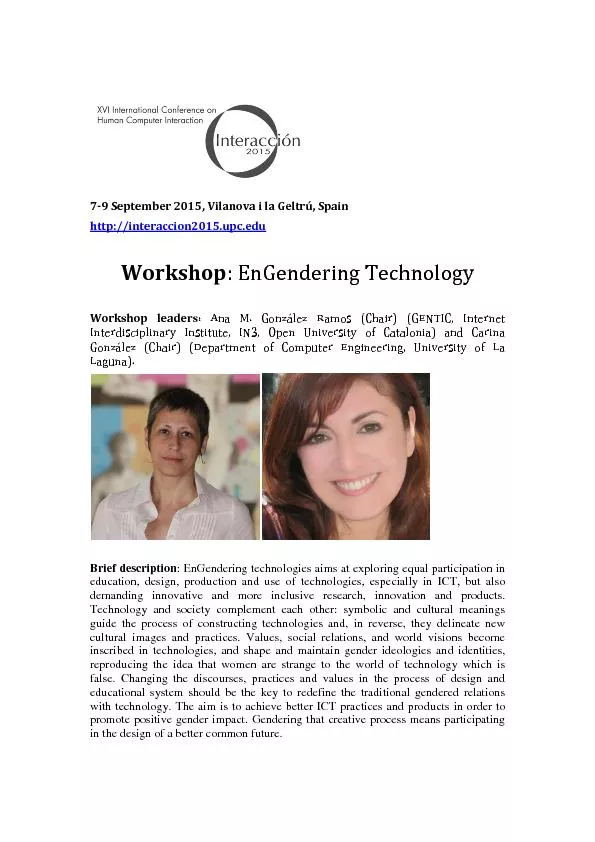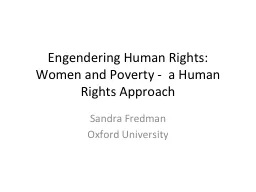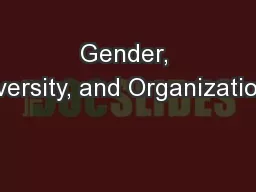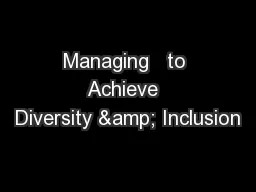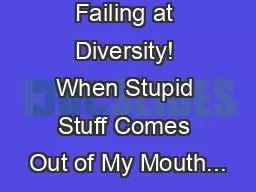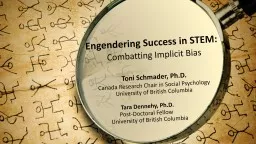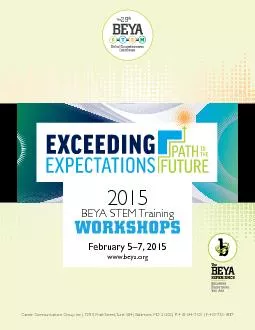PPT-Engendering Diversity: leadership for the 21
Author : widengillette | Published Date : 2020-06-30
st century university Rosemary Deem Vice Principal Education amp Professor of Higher Education Royal Holloway University of London UK Email RDeemrhulacuk Introduction
Presentation Embed Code
Download Presentation
Download Presentation The PPT/PDF document "Engendering Diversity: leadership for th..." is the property of its rightful owner. Permission is granted to download and print the materials on this website for personal, non-commercial use only, and to display it on your personal computer provided you do not modify the materials and that you retain all copyright notices contained in the materials. By downloading content from our website, you accept the terms of this agreement.
Engendering Diversity: leadership for the 21: Transcript
Download Rules Of Document
"Engendering Diversity: leadership for the 21"The content belongs to its owner. You may download and print it for personal use, without modification, and keep all copyright notices. By downloading, you agree to these terms.
Related Documents

